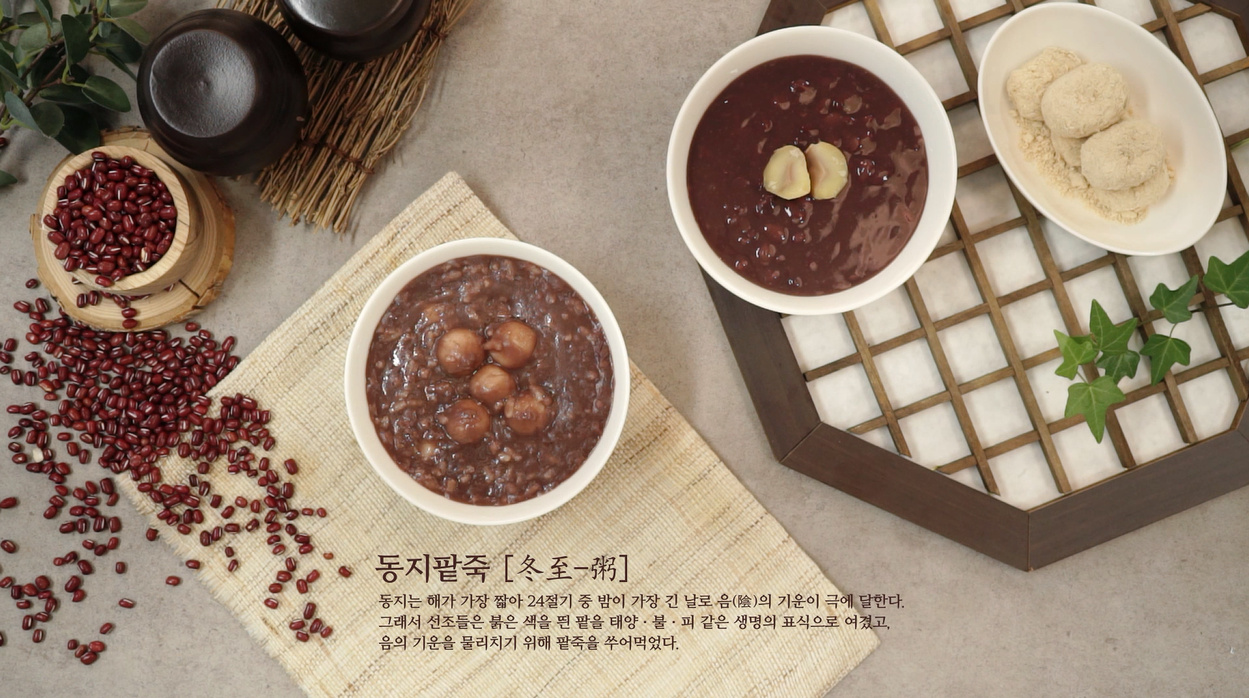The Winter Solstice, or Dongji (동지) in Korean, marks the shortest day and longest night of the year, usually falling around December 21 or 22. While celebrated worldwide in different ways, Korea’s Dongji is steeped in tradition and symbolism, with its most iconic feature being the red bean porridge (팥죽, patjuk).
Let’s dive into the history, cultural significance, and delicious traditions of Dongji in Korea to better appreciate this special day.
What is Dongji?

In Korea, Dongji is often referred to as the “small New Year” (작은 설) because it symbolizes the gradual return of longer days and brighter times. It is a time to reflect on the past year, ward off bad spirits, and bring good fortune for the coming year.
Historical Origins of Dongji

Dongji’s roots trace back to ancient agricultural societies. Koreans followed the lunar-solar calendar, and Dongji marked an important seasonal change. Historically, it was a time to prepare for the harsh winter months while offering gratitude to ancestors and deities.
The red bean porridge (patjuk) tradition likely began during the Three Kingdoms Period (57 BCE–668 CE). Red beans were believed to have magical properties to ward off evil spirits. This belief stemmed from the vibrant red color, which symbolized protection and positivity in Korean culture.
The Tradition of Red Bean Porridge (Patjuk)

Symbolism of Patjuk
The highlight of Dongji is eating and sharing patjuk. This hearty dish, made from red beans and glutinous rice balls called saealshim (새알심), represents good fortune and a new beginning.
- Red Beans: Symbolize protection against negative energy.
- Saealshim (Glutinous Rice Balls): These represent small bird eggs and are a wish for fertility, abundance, and health in the new year.
How Patjuk is Made
Traditionally, red beans are boiled until soft and then mashed to create a creamy soup. Glutinous rice balls are added for texture and symbolism. Modern versions may include sugar or salt, depending on taste preferences.
Sharing Patjuk
In the past, people would spread patjuk around their homes, especially in corners and doorways, to drive away evil spirits. Sharing the porridge with family and neighbors was also a way to strengthen communal bonds.
Dongji in Modern Korea
![코리아넷뉴스 - [사진으로 보는 한국] 동지 팥죽 나눔 행사 | 국제문화홍보정책실](https://www.kocis.go.kr/CONTENTS/menu0026/lang001/listImage/1671694422070.jpg)
Today, Dongji is less ceremonious but still celebrated by many families. Some may visit temples or ancestral graves, while others enjoy patjuk at home or in traditional restaurants. The day is also a reminder of Korea’s rich cultural heritage.
Many Korean households and restaurants serve patjuk on Dongji, and it is common for offices and schools to organize small gatherings to share this warming dish.
Interesting Facts About Dongji
-
“Nine Coldest Days” Tradition
In ancient times, Dongji was followed by nine cycles of nine days (81 days), which were considered the coldest days of the year. Farmers used this period to predict the weather for the upcoming planting season. -
Dongji in Poetry and Art
Dongji often appears in traditional Korean poems and paintings, symbolizing resilience and hope during the harshest winter. -
Dongji Customs in Neighboring Countries
While uniquely Korean, Dongji has parallels in China and Japan, where red beans and other warming foods are also eaten to celebrate the winter solstice.
How to Celebrate Dongji as a Foreigner in Korea
-
Try Patjuk
Head to a local Korean restaurant or try making patjuk at home. It’s a simple dish with a rich cultural story. -
Visit a Traditional Market or Temple
Experience Dongji rituals firsthand by visiting a market that sells seasonal foods or a temple offering seasonal ceremonies. -
Embrace Korean Culture
Use Dongji as an opportunity to learn about Korea’s agricultural history and its deep connection to nature and the seasons.
Final Thoughts
Dongji is a reminder of the cyclical nature of time and the importance of community, reflection, and renewal. By enjoying a bowl of patjuk, you’re not just indulging in a delicious meal but also participating in a centuries-old tradition that embodies warmth and togetherness during the coldest days of the year.
Have you tried patjuk or celebrated Dongji in Korea? Share your experiences in the comments below!
Would you like a recipe for patjuk or tips on where to experience Dongji in Korea? Let me know!

